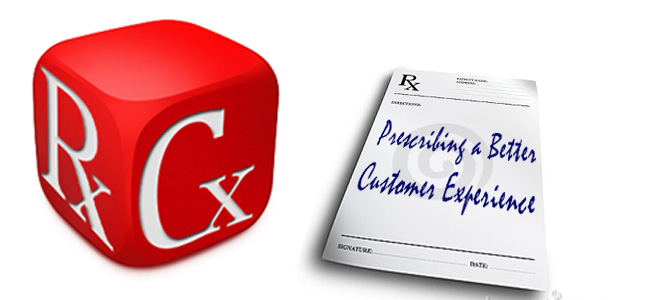
 Many companies are starting to come to grips with the reality that providing better customer experiences can be incredible differentiators.
Many companies are starting to come to grips with the reality that providing better customer experiences can be incredible differentiators.
That leaves them wondering where to start. Do they look at customer service metrics? Do they give away freebies to their loyal customers? Do they invest in new information systems?
All or any of the above may be required but allow me to suggest three prerequisites, three places to start before you start investing largely in reinventing CX in your organization.
1. Examine Your Processes
It is all too often the case that the connection points between sellers and buyers are owned by siloed departments within larger organizations.
Before you start budgeting for new CX systems you need to examine your end to end processes, including all the places where customers have a touch point with you. You’re looking for consistent voice, consistent messaging, and consistent knowledge of the customer.
Imagine you attend a networking event where you engage in deep conversation with someone you believe will be a potentially great business partner in the future. You spend nearly two hours talking about mutual interests, past experiences, and possible future endeavors. You make plans to meet for lunch the following week.
What would it be like if you met for lunch and this promising new connection had no recollection of your previous conversation? What if they found everything you had talked about at lunch fascinatingly new even though you had shared it all before?
Examining your processes allows you a way to discover if your customers are having an experience similar to that lunch meeting.
2. Explore Your Purpose
It’s not just processes that need to be looked at in a new light. In most organizations the purpose of the marketing group is to fill up the pipeline, the purpose of the sales group is to bring in customers, the purpose of the support group is to keep them happy.
What would change if the purpose of all three groups was to create customers who advocated on behalf of your product? What if the objective was to create every customer as a positive reference from the first time they ever heard about your product or service?
Creating end goals that are larger than departmental goals continues the process of breaking down silos and lays the groundwork for better customer experience.
3. Empower Your People
Have you ever found yourself talking to a customer service agent who just doesn’t seem to be able to fix something simple only to find out that when they pass you to their manager the problem gets cleared up straight away?
What would happen if that front line person was empowered to solve the problem themselves rather than having to pass the call to a manager?
By empowering your people to solve problems for the customer you not only streamline process but you create an environment in which every person who connects with a customer feels like they can impact the business positively.
Taken all together it becomes apparent that customer experience starts as a cultural imperative. No matter what systems are put in place, no matter what practices are changed if the corporate cultural doesn’t support the idea of creating amazing experiences for your customers any efforts to change won’t last.
If you were to start today to look for ways to increase customer satisfaction and psotivie experience where do you think you’d encounter the biggest challenges?












